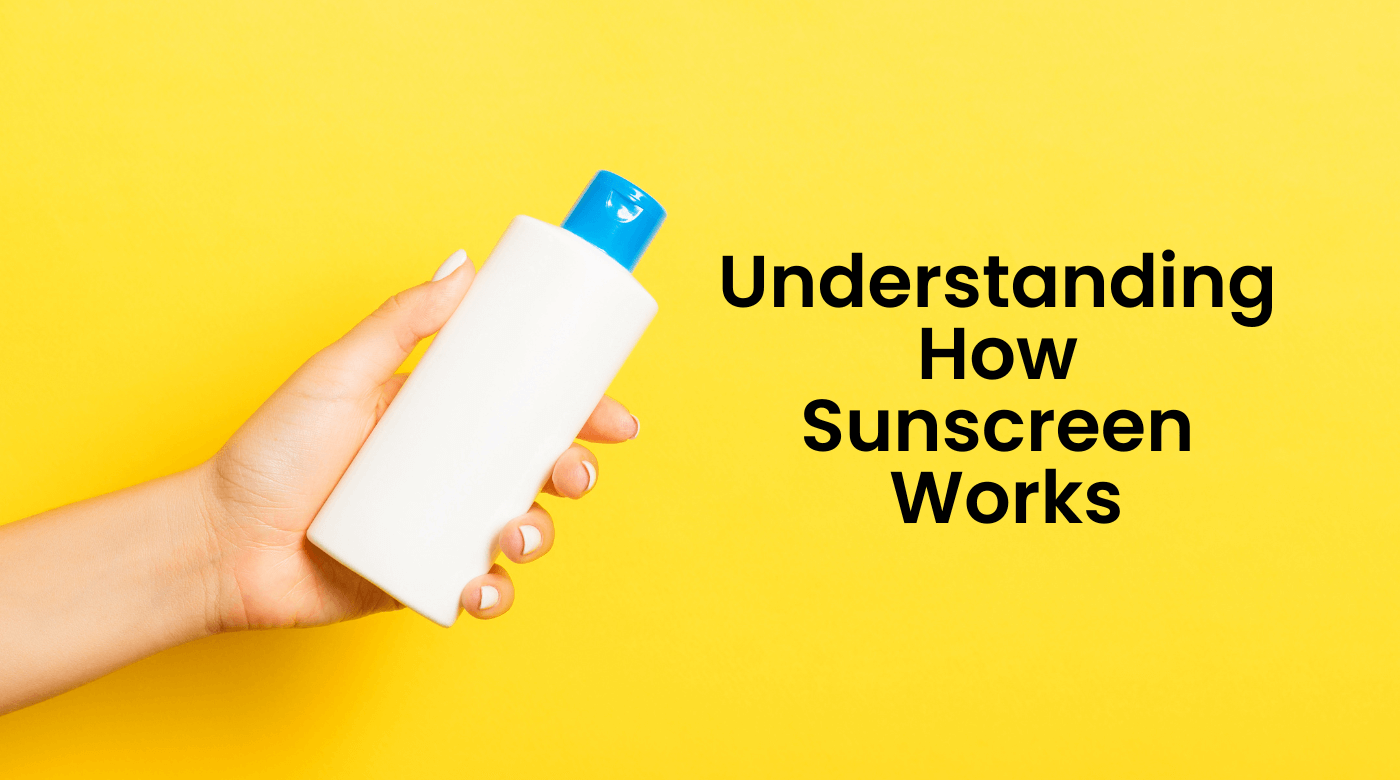Unveiling the Shield: Understanding How Sunscreen Works
Understanding how sunscreen works: it's more than just a summer staple. As our first line of defense against the formidable rays of the sun, understanding what sunscreen is and, more importantly, how it works is crucial for anyone looking to protect their skin from the sun's harmful effects.
What is Sunscreen?
Sunscreen is a topical product that absorbs or reflects some of the sun's ultraviolet (UV) radiation on skin exposed to sunlight, helping to prevent sunburn and premature aging. It is available in various forms—lotions, sprays, gels, and even sticks—and has become an essential part of skincare routines worldwide.

The Science Behind the Shield
The Efficacy of sunscreen is rooted in its unique blend of active ingredients that either absorb, reflect, or scatter sunlight. These active components are broadly classified into two categories: chemical and physical.
Chemical Sunscreens: These sunscreens contain organic (carbon-based) compounds, such as oxybenzone, avobenzone, octisalate, octocrylene, homosalate, and octinoxate, which absorb UV radiation. Upon absorption, the sunscreen's chemicals undergo a chemical reaction that converts UV rays into heat released from the skin.
Physical Sunscreens: Also known as mineral sunscreens, they contain active mineral ingredients, such as titanium dioxide or zinc oxide. Instead of absorbing UV light, physical sunscreens reflect and scatter it away from the skin. They are often recommended for sensitive skin types due to their inert nature.
The Manufacturing Process
Creating sunscreen is a meticulous process that involves blending the active UV-filtering ingredients with an array of emollients, preservatives, and fragrances to create an effective and pleasant product. The manufacturing process must ensure that the final product retains its Efficacy throughout its shelf life, offering consistent protection against UV rays.
One key aspect of sunscreen production is the dispersion of active ingredients. In physical sunscreens, for example, zinc oxide or titanium dioxide nanoparticles must be evenly distributed throughout the solution to provide effective coverage. This is achieved through high-shear mixing techniques, ensuring that the active particles are small enough to be invisible on the skin yet large enough to block UV rays effectively.
The Importance of FDA Compliance
The Food and Drug Administration (FDA) regulates sunscreens as over-the-counter (OTC) drugs in the United States. This regulatory oversight is critical for several reasons:
Safety and Efficacy: The FDA requires comprehensive testing to demonstrate that sunscreens are both safe for consumer use and effective in protecting against UV rays. This includes proving that the product can prevent sunburn and reduce the risk of skin cancer and early skin aging when used as directed with other sun protection measures.
Labeling Requirements: The FDA mandates specific labeling requirements for sunscreens, including the Sun Protection Factor (SPF) rating, broad-spectrum designation (if applicable), and water resistance claims. These regulations ensure that consumers have the information to choose a sunscreen that meets their needs.
Monitoring and Compliance: The FDA continuously monitors the market for sunscreens that do not comply with regulatory standards. This includes reviewing the safety of active ingredients and taking action against misbranded or adulterated products.
The FDA's role in regulating sunscreen cannot be overstated. Through its rigorous testing and labeling requirements, the FDA ensures that consumers have access to safe and effective sunscreens, empowering them to protect themselves and their families from the harmful effects of UV radiation.

Conclusion
Understanding how sunscreen works, from its active ingredients to the manufacturing process and the importance of FDA compliance, is crucial in appreciating the science that goes into every bottle. As we enjoy the great outdoors, let's not forget the marvel of science and regulation that allows us to do so safely. Sunscreen, in essence, is a testament to human ingenuity in our ongoing quest to harness the benefits of the sun while guarding against its dangers.




